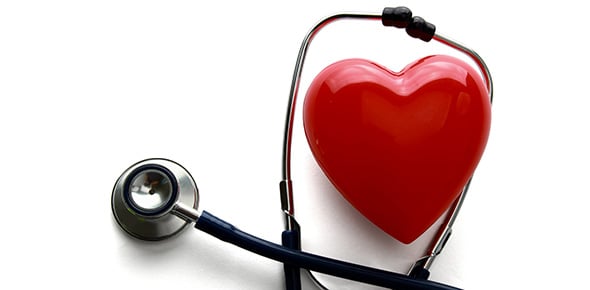The Interatrial ______ separates the right and left atria.
During relaxation of the left _____, blood enters this chamber through...
The average cardiac cycle, or heartbeat, lasts ____ seconds.
The _____ is the heart component with the fastest rate of spontaneous...
The _ ____ of the ECG represents atrial depolarization, which results...
Cardio is from the Greek word kardia, meaning _________ .
Vascular is from the Latin word vasculum, meaning _______.
The heart that provides the motive force to move blood through the...
The heart is located in the mediastinal cavity of the _____ between...
In this biological pump, the muscles of the _______ walls provide the...
The ______ of the heart direct the flow of blood.
The ______ vessels of the heart convey blood to and from body tissues.
Most of the great vessels, the pulmonary trunk, the _____, and the...
The period of contraction is known as _______.
During systole, the heart pumps blood out through the _______.
The period of relaxation is known as ________.
One complete sequence of filling and pumping blood is called a ______...
The heart's rhythm of contraction is controlled by the sinoatrial...
This node is part of the heart's intrinsic conduction system,...
The automatic nature of the heartbeat is referred to as _______.
Automaticity is due to the spontaneous _______ activity of the SA...
The ________ system initiates and coordinates the muscular activity of...
The blood vessels, or ________ system, of the human body form a closed...
The three types of blood vessels are _______, ________, and _______.
Each blood vessel consists of a layered wall surrounding a central...
The vessels of the _______ and _______ circuits carry blood to the...
In the ________ circuit, blood takes up oxygen in the lungs.
In the _______ circuit, oxygenated blood is distributed to body...
Capillaries make possible the exchange of _______ between blood and...
________ open and close to regulate the flow of blood through...
The crucial exchange of substances required for cellular ______ takes...
Heart ________ generate blood pressure, the fluid pressure that blood...
Normal blood pressure in adults is ____ mm Hg/____ mm Hg...
Blood pressure is highest in ______ and lowest in _______.
In the systemic circuit, the _____________ half of the heart pumps...
In the pulmonary circuit, the __________ half of the heart pumps...
In which of the following blood vessels would you expect to find a...
At the arteriole end of a capillary, O2 is being delivered to the...
Normal resting blood pressure is 120 mmHg/80mmHg. The higher number is...
The left _______ and the left _______ are the two heart chambers that...
An electrocardiogram is a graphic illustration of the __________.
The ______ and the ______ venae cavae bring deoxygenated blood back to...
The _______ valves prevent backflow of blood into the atria.
The _______ trunk brings deoxygenated blood to the lungs.
The _______ valves prevent backflow of blood into the ventricles.
The chambers of the heart alternately contract and relax in a rhythmic...
All the living cells of the body come in contact with blood vessels...
During the period of relaxation (diastole), the heart fills with...
The heart will continue to beat, even outside the body, as long as its...
Blood pressure is the force that blood exerts against vessel walls.
Electrical impulses generated from the SA node spread through the...
Arteries transport blood toward the heart
Blood vessels form a tubular network throughout the body that allows...
Arterioles distribute blood to tissues.
A heartbeat, or cardiac cycle, is one sequence of contraction and...
Veins transport blood from the heart
Veins always carry deoxygenated blood.
The human heart is a ________ muscular pump
The heart will not beat without input from the nervous system.
The cone-shaped heart lies on its side on the diaphragm, with its base...
Pressure differentials that result from muscle activity actuate the...
The beating of the heart is the predominant driving force that moves...
















